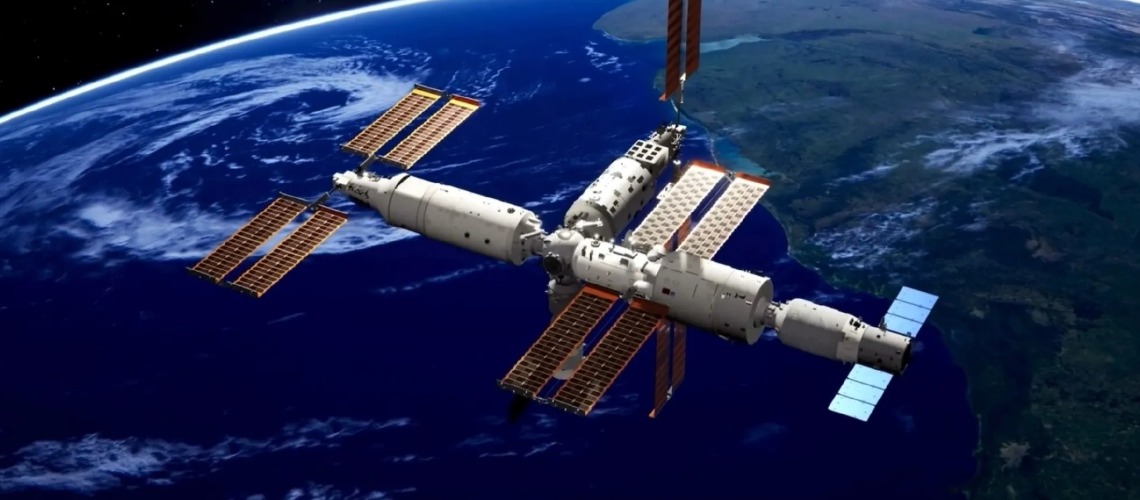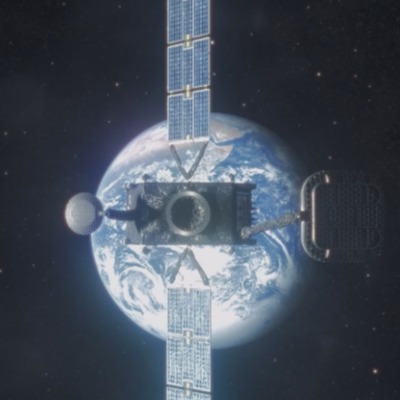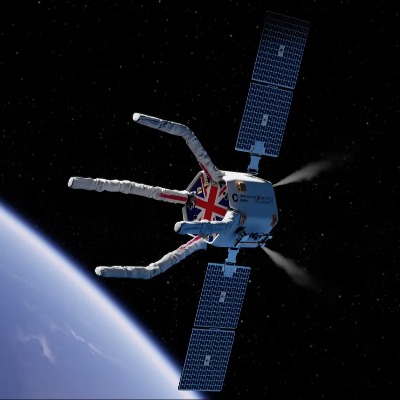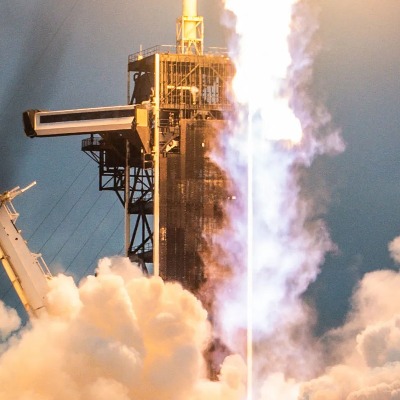China Launches Trio of Astronauts To Damaged Tiangong Space Station On Shenzhou 18 Mission

China successfully launched three astronauts to its Tiangong space station marking the nation's most ambitious crewed space mission yet. The Shenzhou-18 spacecraft, carrying the crew, blasted off atop a Long March 2F rocket at 8:59 p.m. Beijing Time (12:59 GMT) from the Jiuquan Satellite Launch Center in the Gobi Desert.
The three-person crew consists of veteran astronaut Ye Guangfu, who previously participated in the Shenzhou-13 mission, and rookies Li Cong and Li Guangsu, both fighter pilots. They are expected to dock with Tiangong approximately six and a half hours after liftoff.
"The first spaceflight for me was full of excitement... while this spaceflight is more like a mission — responsibility, test and duty," Ye said before launch, highlighting the crew's focus on conducting scientific experiments and furthering China's space program ambitions.
China's Tiangong space station recently underwent repairs following a collision with space debris, according to state media reports. The incident, which caused a partial power outage, highlights the growing concern of orbital clutter and its threats to spacecraft.
Details about the debris strike remain unclear. Chinese officials haven't specified whether the culprit was a micrometeoroid or a piece of man-made space junk. However, both types pose dangers to spacecraft in low-Earth orbit.
The damage itself was addressed through two spacewalks conducted by the Shenzhou-17 crew in December and March of this year. These lengthy extravehicular activities, lasting around eight hours each, involved astronauts repairing the station's solar panels, which were impacted by the debris strike.
"The repair work highlighted the role of a manned spacecraft in coping with unintended problems in orbit," said Lin Xiqiang, deputy director of the China Manned Space Agency (CMSA), according to Xinhua, a Chinese state news agency.
The incident prompted CMSA to announce plans to "beef up its space debris procedures for astronauts," Xinhua reported. This likely involves refining protocols for identifying and potentially evading debris threats.
The episode underscores the growing problem of space debris. With increasing space activity, the amount of human-made objects orbiting Earth continues to rise. According to SpaceTrack.org, the North American Aerospace Defense Command (NORAD) tracks over 43,000 objects larger than about four inches (10 centimeters) in diameter as of April 2024. Countless smaller pieces also zoom around Earth at high speeds, posing a significant collision risk.
While China successfully addressed the damage to Tiangong this time, the incident serves as a stark reminder of the challenges posed by space debris. International efforts to mitigate this growing threat and ensure the safety of space operations will likely gain further urgency in the coming years.
Aboard Tiangong, the Shenzhou-18 crew will be greeted by their counterparts – the Shenzhou-17 crew – who have been stationed there since October 2023. A handover will take place, with the Shenzhou-17 crew returning to Earth after completing their six-month mission.
This astronaut exchange signifies China's growing spacefaring capabilities. The nation aims to establish a permanent human presence in space and potentially land astronauts on the Moon by 2030. The Shenzhou-18 mission is a crucial step towards achieving these goals.
The launch was met with much fanfare in China, with state media broadcasting the event live and citizens expressing their national pride on social media. The mission is expected to garner international attention as well, as China continues to play a leading role in space exploration.




